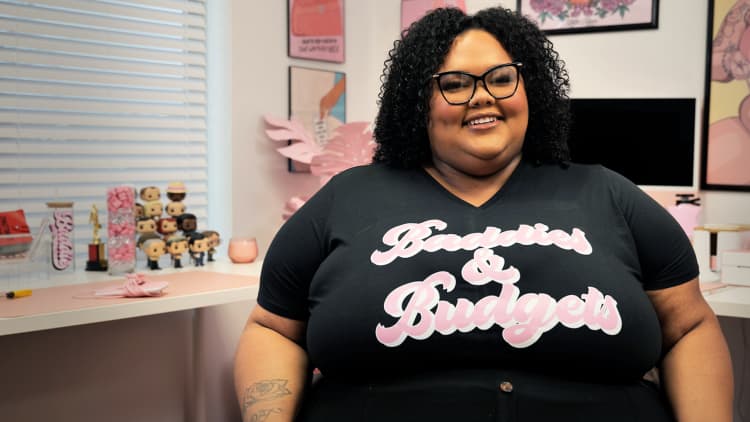The end of the federal student loan payment pause is within sight.
After a three-year moratorium, federal student loans will resume accruing interest on September 1, the Department of Education has confirmed. Payments will be due in October.
Borrowers have had a rough timeline of when interest and payments would resume, but now there is a solid date. Most recently, another extension of the pause was prohibited by the debt ceiling bill, which also compelled the Biden administration to end the pause no later than August 30.
Prior to the bill, the end of the pause was contingent upon the Supreme Court's decision on whether President Joe Biden can forgive up to $20,000 in student debt per federal borrower earning less than $125,000 a year. The court's decision is expected any day now, but it's not clear what impact, if any, a ruling against the Biden administration would have on payments resuming.
Some lawmakers and debt cancellation advocates reportedly pushed for a continued payment pause or backup plan in the event the Supreme Court strikes down the current forgiveness plan. The Biden administration, however, has not confirmed if it's working on another route for the massive debt relief plan.
The administration maintains its legal authority to go through with its current agenda and says payments will resume this year.
Many student loan borrowers have reported that the end of the pause is going to hurt them financially. Whether you're dreading the hit to your discretionary spending or are worried you won't be able to afford payments this fall, here are three steps you can take to prepare.
1. Check in with your budget
If you don't have a budget, it might be a good time to make one. At the very least, take stock of all the money you have coming in and all the expenses you need to cover in a month. If you're making your very first student loan payment, check in with your loan servicer to see what that payment will look like.
If you'll owe more than you're bringing in, you might want to look for ways you can adjust, whether that's picking up extra work or identifying spending areas where you can cut back.
Another option is to try and lower your monthly student loan payment.
Income-driven repayment (IDR) plans are available to all federal student loan borrowers and are designed to give you monthly payment you can afford. While the Biden administration has announced changes to the revised pay as you earn (REPAYE) IDR plan to make payments even more affordable, those updates won't roll out until next year.
Still, the existing REPAYE or other IDR plan may lower your monthly payment in the meantime. You can use FSA's loan simulator tool to see which payment plan works best for your situation.
2. Get in touch with your loan servicer
If you haven't heard from your loan servicer in a while, it's a good idea to check in, at least to make sure they have your correct contact information. The Biden administration says it wants to ensure a smooth transition into repayment and is working with servicers and borrowers to make that happen.
If you're not sure who your loan servicer is — it may have changed, after all — you can find that information by logging into StudentAid.gov or calling the Federal Student Aid Information Center at 1-800-433-3243.
3. Make arrangements to get ready to pay
Once you know who your servicer is, you can talk to them about your financial situation and see how they can help. You may be able to enroll in a more affordable payment plan or explore options to continue pausing your payments.
The primary benefit of federal student loans over private ones is that they offer more options for borrowers who are struggling to keep up, such as IDR plans and economic hardship deferments.
DON'T MISS: Want to be smarter and more successful with your money, work & life? Sign up for our new newsletter!
Get CNBC's free Warren Buffett Guide to Investing, which distills the billionaire's No. 1 best piece of advice for regular investors, do's and don'ts, and three key investing principles into a clear and simple guidebook.



